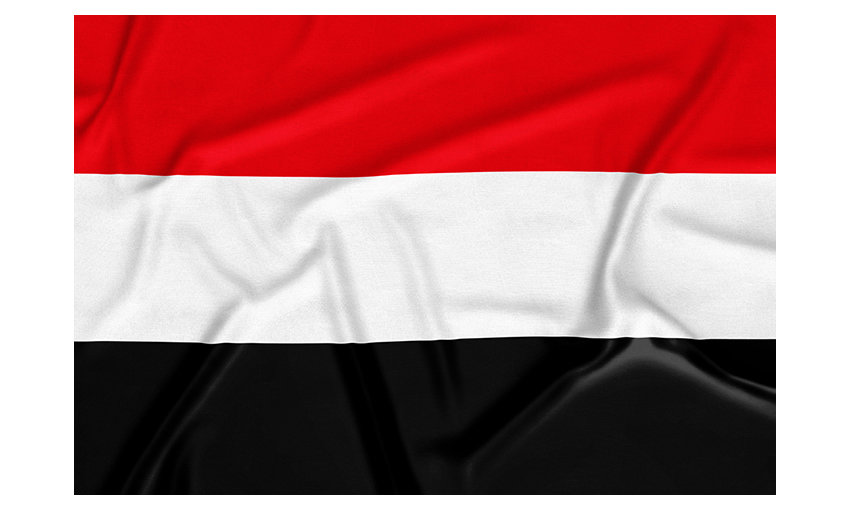A PERIOD of unrest in YEMEN descended into civil war in 2014. Maritime gateways are lifelines of humanitarian support to nations in conflict, so port closures across Yemen in recent years have impacted the availability and price of food. Australia’s Department of Foreign Affairs and Trade said closures have also affected the flow of aid into the country.
TRADE OVERVIEW
DFAT describes Australia’s relationship with Yemen as limited but friendly. That relationship is based on collaboration through international forums such as the Indian Ocean Rim Association.
Yemen is a small oil producer. According to DFAT, it relies heavily on foreign oil companies that have production-sharing agreements with the government, which is uncommon for regional oil producers. The latest available data from the department lists Indonesia, Türkiye, Egypt, Oman and Sudan as Yemen’s main export destinations in 2021-22.
DFAT said the security environment in Yemen has hampered the development of commercial ties with Australia. We were its seventh biggest import source in 2021-22. Our wheat exports to Yemen were valued at $4.3 million in that period.
INDUSTRY LANDSCAPE
The Port of Aden is Yemen’s largest and most important maritime gateway. The Aden Container Terminal opened in 1999 and is currently managed by the Aden Ports Development Company.
On the Red Sea coast, Al-Hudaydah Port also handles containerised imports into Yemen and exports such as coffee, cotton, hides and a mild stimulant called khat that is used widely in the Middle East. The port of Mokha has long supported Yemen’s coffee trade.
Heading along the coast toward the Arabian Sea, the Port of Mukalla has reported more activity from international shipping lines such as MSC and COSCO, and the port of Nashtoon serves commercial vessel traffic with one multipurpose berth. Both ports are part of the Arabian Sea Ports Corporation.
MARITIME CHALLENGES
Civil war in Yemen has caused havoc at its ports. P&I club NorthStandard has issued port updates since 2017 describing the nature of the conflict and its impacts on shipping, building a timeline of port closures, heavy fighting, fever outbreak, damage claims and a situation with a ballistic missile.
The International Maritime Organization recently hosted a national workshop in Aden designed to improve maritime security governance. It covered decision-making, policy development and implementation.
The IMO workshop was one of a number of activities under the Regional Programme for Maritime Security in the Red Sea Area. The regional program was set up in 2022 to support security and safety standards in the region.
in the news
In August this year the United Nations completed the transfer of oil from a decaying supertanker of Yemen’s Red Sea coast.
The floating storage and offloading unit Safer had been deteriorating since the war halted maintenance operations in 2015. The UN had warned of a potential environmental disaster if the tanker ruptured or exploded.
Urging member states to contribute equipment to support the operation, the IMO said the tanker contained an estimated 150,000 tonnes of crude oil and was at imminent risk of breaking up.
“The danger is of a significant oil spill that would surpass Yemen’s capacity and resources to effectively respond,” IMO said.
Reuters wrote that salvage crews operated for 18 days in a coastal conflict zone “riddled with sea mines” and amid high summer temperatures and strong currents to offload the oil from the vessel. The cargo was pumped onto the replacement vessel MOST Yemen.
“The best end to the story will be when that oil actually is sold and leaves the region altogether,” UN Development Programme administrator Achim Steiner said, as quoted by Reuters.
This article appeared in the September 2023 edition of DCN Magazine







